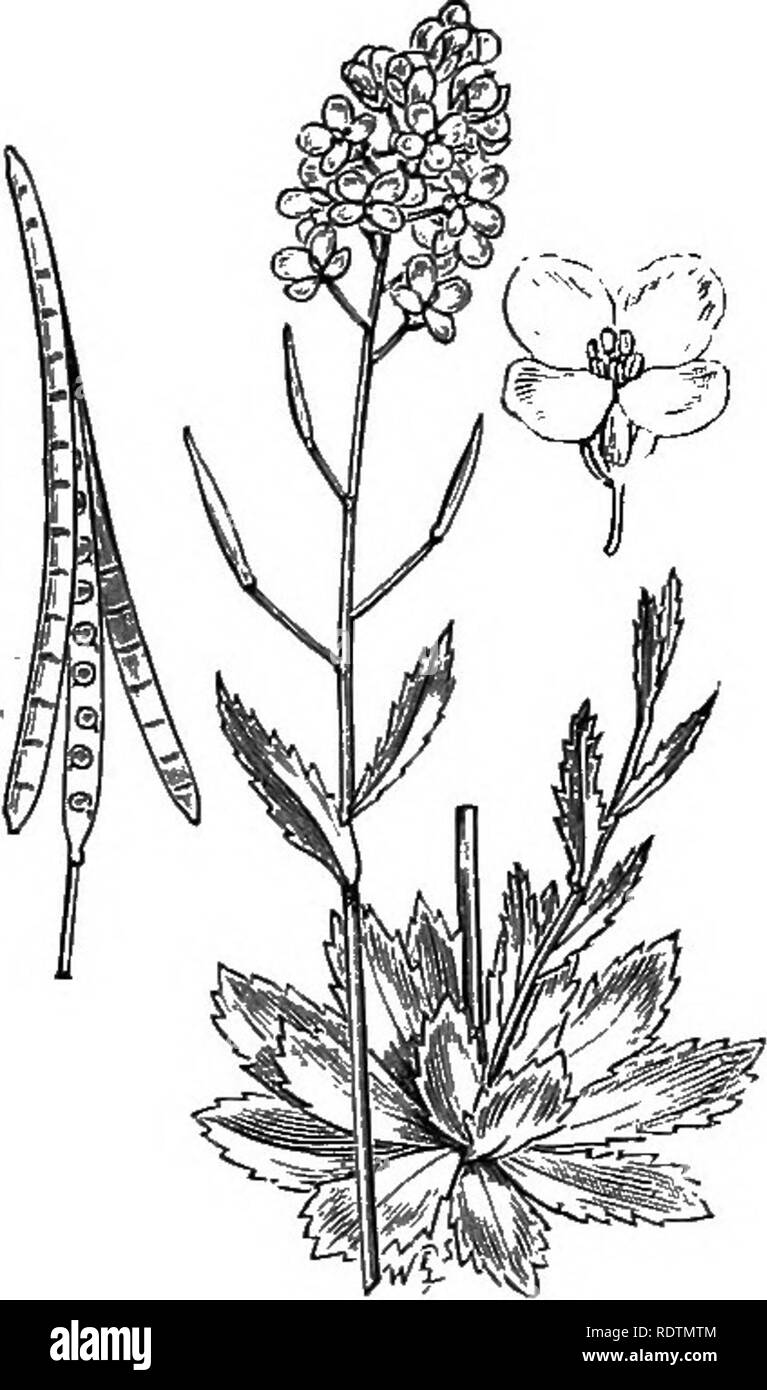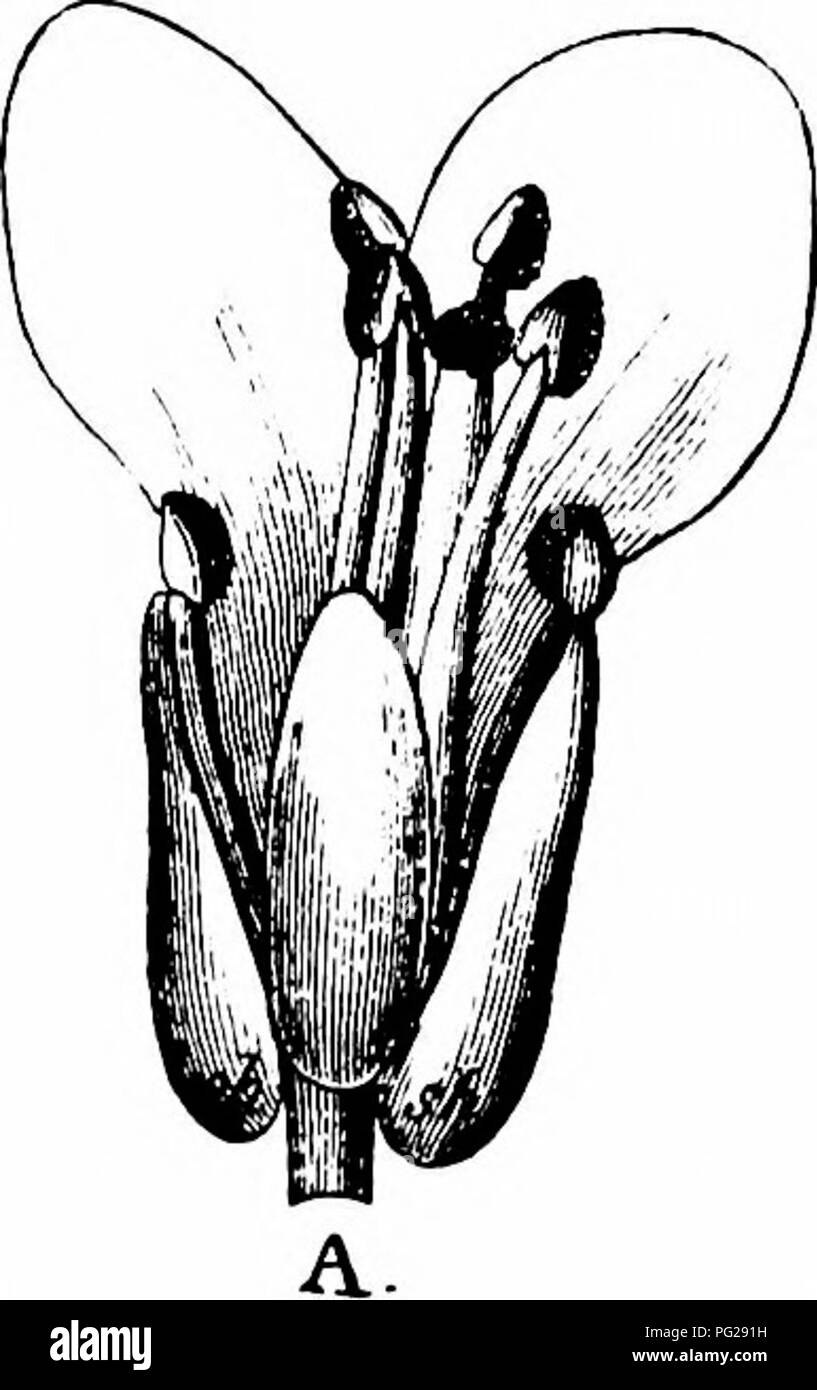Arabis alpina Black & White Stock Photos
 This picture shows Arabis Alpina Habit and Flowers plant. The leaves are very long and heart shaped. It is commonly known as Wall Cress and Rock Cress Stock Vectorhttps://www.alamy.com/image-license-details/?v=1https://www.alamy.com/this-picture-shows-arabis-alpina-habit-and-flowers-plant-the-leaves-are-very-long-and-heart-shaped-it-is-commonly-known-as-wall-cress-and-rock-cress-image244667318.html
This picture shows Arabis Alpina Habit and Flowers plant. The leaves are very long and heart shaped. It is commonly known as Wall Cress and Rock Cress Stock Vectorhttps://www.alamy.com/image-license-details/?v=1https://www.alamy.com/this-picture-shows-arabis-alpina-habit-and-flowers-plant-the-leaves-are-very-long-and-heart-shaped-it-is-commonly-known-as-wall-cress-and-rock-cress-image244667318.htmlRFT61FJE–This picture shows Arabis Alpina Habit and Flowers plant. The leaves are very long and heart shaped. It is commonly known as Wall Cress and Rock Cress
 . Illustrations of the British flora: a series of wood engravings, with dissections, of British plants. Botany; Botany. 58. Arabis hirsuta, Br. Hairy Rockcress. 59. Arabis alpina, L. Alpine Rockcress.. Please note that these images are extracted from scanned page images that may have been digitally enhanced for readability - coloration and appearance of these illustrations may not perfectly resemble the original work.. Fitch, W. H. (Walter Hood), 1817-1892; Smith, George Worthington, 1835-1917; Bentham, George, 1800-1884. Handbook of the British flora. London, L. Reeve Stock Photohttps://www.alamy.com/image-license-details/?v=1https://www.alamy.com/illustrations-of-the-british-flora-a-series-of-wood-engravings-with-dissections-of-british-plants-botany-botany-58-arabis-hirsuta-br-hairy-rockcress-59-arabis-alpina-l-alpine-rockcress-please-note-that-these-images-are-extracted-from-scanned-page-images-that-may-have-been-digitally-enhanced-for-readability-coloration-and-appearance-of-these-illustrations-may-not-perfectly-resemble-the-original-work-fitch-w-h-walter-hood-1817-1892-smith-george-worthington-1835-1917-bentham-george-1800-1884-handbook-of-the-british-flora-london-l-reeve-image232268532.html
. Illustrations of the British flora: a series of wood engravings, with dissections, of British plants. Botany; Botany. 58. Arabis hirsuta, Br. Hairy Rockcress. 59. Arabis alpina, L. Alpine Rockcress.. Please note that these images are extracted from scanned page images that may have been digitally enhanced for readability - coloration and appearance of these illustrations may not perfectly resemble the original work.. Fitch, W. H. (Walter Hood), 1817-1892; Smith, George Worthington, 1835-1917; Bentham, George, 1800-1884. Handbook of the British flora. London, L. Reeve Stock Photohttps://www.alamy.com/image-license-details/?v=1https://www.alamy.com/illustrations-of-the-british-flora-a-series-of-wood-engravings-with-dissections-of-british-plants-botany-botany-58-arabis-hirsuta-br-hairy-rockcress-59-arabis-alpina-l-alpine-rockcress-please-note-that-these-images-are-extracted-from-scanned-page-images-that-may-have-been-digitally-enhanced-for-readability-coloration-and-appearance-of-these-illustrations-may-not-perfectly-resemble-the-original-work-fitch-w-h-walter-hood-1817-1892-smith-george-worthington-1835-1917-bentham-george-1800-1884-handbook-of-the-british-flora-london-l-reeve-image232268532.htmlRMRDTMTM–. Illustrations of the British flora: a series of wood engravings, with dissections, of British plants. Botany; Botany. 58. Arabis hirsuta, Br. Hairy Rockcress. 59. Arabis alpina, L. Alpine Rockcress.. Please note that these images are extracted from scanned page images that may have been digitally enhanced for readability - coloration and appearance of these illustrations may not perfectly resemble the original work.. Fitch, W. H. (Walter Hood), 1817-1892; Smith, George Worthington, 1835-1917; Bentham, George, 1800-1884. Handbook of the British flora. London, L. Reeve
 . Handbook of flower pollination : based upon Hermann Mu?ller's work 'The fertilisation of flowers by insects' . Fertilization of plants. CRUCIFERAE 83 54. Arabis L. Flowers usually small, seldom of considerable size; white or whitish, rarely rose-red or lilac or blue; generally homogamous, infrequently protogynous. Nectar half-concealed; nectaries 2, 4, or 6. 182. A. alpina L. (Sprengel, 'Entd. Geh.,' p. 333; Axell, 'Om Anord. for Fanerog. Vaxt. Befrukt.'; Herm. Mttller,' Alpenblumen,' pp. 143-4; Schulz,' Beitrage,' II, pp. 11-2.)—The flowers are homogamous. Of the four nectaries those outsid Stock Photohttps://www.alamy.com/image-license-details/?v=1https://www.alamy.com/handbook-of-flower-pollination-based-upon-hermann-mullers-work-the-fertilisation-of-flowers-by-insects-fertilization-of-plants-cruciferae-83-54-arabis-l-flowers-usually-small-seldom-of-considerable-size-white-or-whitish-rarely-rose-red-or-lilac-or-blue-generally-homogamous-infrequently-protogynous-nectar-half-concealed-nectaries-2-4-or-6-182-a-alpina-l-sprengel-entd-geh-p-333-axell-om-anord-for-fanerog-vaxt-befrukt-herm-mttller-alpenblumen-pp-143-4-schulz-beitrage-ii-pp-11-2the-flowers-are-homogamous-of-the-four-nectaries-those-outsid-image216409917.html
. Handbook of flower pollination : based upon Hermann Mu?ller's work 'The fertilisation of flowers by insects' . Fertilization of plants. CRUCIFERAE 83 54. Arabis L. Flowers usually small, seldom of considerable size; white or whitish, rarely rose-red or lilac or blue; generally homogamous, infrequently protogynous. Nectar half-concealed; nectaries 2, 4, or 6. 182. A. alpina L. (Sprengel, 'Entd. Geh.,' p. 333; Axell, 'Om Anord. for Fanerog. Vaxt. Befrukt.'; Herm. Mttller,' Alpenblumen,' pp. 143-4; Schulz,' Beitrage,' II, pp. 11-2.)—The flowers are homogamous. Of the four nectaries those outsid Stock Photohttps://www.alamy.com/image-license-details/?v=1https://www.alamy.com/handbook-of-flower-pollination-based-upon-hermann-mullers-work-the-fertilisation-of-flowers-by-insects-fertilization-of-plants-cruciferae-83-54-arabis-l-flowers-usually-small-seldom-of-considerable-size-white-or-whitish-rarely-rose-red-or-lilac-or-blue-generally-homogamous-infrequently-protogynous-nectar-half-concealed-nectaries-2-4-or-6-182-a-alpina-l-sprengel-entd-geh-p-333-axell-om-anord-for-fanerog-vaxt-befrukt-herm-mttller-alpenblumen-pp-143-4-schulz-beitrage-ii-pp-11-2the-flowers-are-homogamous-of-the-four-nectaries-those-outsid-image216409917.htmlRMPG291H–. Handbook of flower pollination : based upon Hermann Mu?ller's work 'The fertilisation of flowers by insects' . Fertilization of plants. CRUCIFERAE 83 54. Arabis L. Flowers usually small, seldom of considerable size; white or whitish, rarely rose-red or lilac or blue; generally homogamous, infrequently protogynous. Nectar half-concealed; nectaries 2, 4, or 6. 182. A. alpina L. (Sprengel, 'Entd. Geh.,' p. 333; Axell, 'Om Anord. for Fanerog. Vaxt. Befrukt.'; Herm. Mttller,' Alpenblumen,' pp. 143-4; Schulz,' Beitrage,' II, pp. 11-2.)—The flowers are homogamous. Of the four nectaries those outsid
 . A Manual of botany : being an introduction to the study of the structure, physiology, and classification of plants . Botany. Fig. s*. Fig. 83. Fig. 86. tiful silvery appearance, as in Elseagnns and Searbuckthom (fig. 87). Surrounding the base of the leaves of Ferns, a brown chaffy substance Figs. 80-86. Forms of hairs, e. Epidermis. 80. Simple hair formed of a single, undi- Tided, elongated, and tapering cell. 81. Forked or bifurcate haiis of Sisymhrium Sophia, formed by one cell of the epidermis, e, dividing into two. 82. Branched hair of Arabis alpina, formed by a simple hair of the epider Stock Photohttps://www.alamy.com/image-license-details/?v=1https://www.alamy.com/a-manual-of-botany-being-an-introduction-to-the-study-of-the-structure-physiology-and-classification-of-plants-botany-fig-s-fig-83-fig-86-tiful-silvery-appearance-as-in-elseagnns-and-searbuckthom-fig-87-surrounding-the-base-of-the-leaves-of-ferns-a-brown-chaffy-substance-figs-80-86-forms-of-hairs-e-epidermis-80-simple-hair-formed-of-a-single-undi-tided-elongated-and-tapering-cell-81-forked-or-bifurcate-haiis-of-sisymhrium-sophia-formed-by-one-cell-of-the-epidermis-e-dividing-into-two-82-branched-hair-of-arabis-alpina-formed-by-a-simple-hair-of-the-epider-image232131218.html
. A Manual of botany : being an introduction to the study of the structure, physiology, and classification of plants . Botany. Fig. s*. Fig. 83. Fig. 86. tiful silvery appearance, as in Elseagnns and Searbuckthom (fig. 87). Surrounding the base of the leaves of Ferns, a brown chaffy substance Figs. 80-86. Forms of hairs, e. Epidermis. 80. Simple hair formed of a single, undi- Tided, elongated, and tapering cell. 81. Forked or bifurcate haiis of Sisymhrium Sophia, formed by one cell of the epidermis, e, dividing into two. 82. Branched hair of Arabis alpina, formed by a simple hair of the epider Stock Photohttps://www.alamy.com/image-license-details/?v=1https://www.alamy.com/a-manual-of-botany-being-an-introduction-to-the-study-of-the-structure-physiology-and-classification-of-plants-botany-fig-s-fig-83-fig-86-tiful-silvery-appearance-as-in-elseagnns-and-searbuckthom-fig-87-surrounding-the-base-of-the-leaves-of-ferns-a-brown-chaffy-substance-figs-80-86-forms-of-hairs-e-epidermis-80-simple-hair-formed-of-a-single-undi-tided-elongated-and-tapering-cell-81-forked-or-bifurcate-haiis-of-sisymhrium-sophia-formed-by-one-cell-of-the-epidermis-e-dividing-into-two-82-branched-hair-of-arabis-alpina-formed-by-a-simple-hair-of-the-epider-image232131218.htmlRMRDJDMJ–. A Manual of botany : being an introduction to the study of the structure, physiology, and classification of plants . Botany. Fig. s*. Fig. 83. Fig. 86. tiful silvery appearance, as in Elseagnns and Searbuckthom (fig. 87). Surrounding the base of the leaves of Ferns, a brown chaffy substance Figs. 80-86. Forms of hairs, e. Epidermis. 80. Simple hair formed of a single, undi- Tided, elongated, and tapering cell. 81. Forked or bifurcate haiis of Sisymhrium Sophia, formed by one cell of the epidermis, e, dividing into two. 82. Branched hair of Arabis alpina, formed by a simple hair of the epider
 . Handbook of flower pollination : based upon Hermann Mu?ller's work 'The fertilisation of flowers by insects' . Fertilization of plants. CRUCIFERAE 83 54. Arabis L. Flowers usually small, seldom of considerable size; white or whitish, rarely rose-red or lilac or blue; generally homogamous, infrequently protogynous. Nectar half-concealed; nectaries 2, 4, or 6. 182. A. alpina L. (Sprengel, 'Entd. Geh.,' p. 333; Axell, 'Om Anord. for Fanerog. Vaxt. Befrukt.'; Herm. Mttller,' Alpenblumen,' pp. 143-4; Schulz,' Beitrage,' II, pp. 11-2.)—The flowers are homogamous. Of the four nectaries those outsid Stock Photohttps://www.alamy.com/image-license-details/?v=1https://www.alamy.com/handbook-of-flower-pollination-based-upon-hermann-mullers-work-the-fertilisation-of-flowers-by-insects-fertilization-of-plants-cruciferae-83-54-arabis-l-flowers-usually-small-seldom-of-considerable-size-white-or-whitish-rarely-rose-red-or-lilac-or-blue-generally-homogamous-infrequently-protogynous-nectar-half-concealed-nectaries-2-4-or-6-182-a-alpina-l-sprengel-entd-geh-p-333-axell-om-anord-for-fanerog-vaxt-befrukt-herm-mttller-alpenblumen-pp-143-4-schulz-beitrage-ii-pp-11-2the-flowers-are-homogamous-of-the-four-nectaries-those-outsid-image232053962.html
. Handbook of flower pollination : based upon Hermann Mu?ller's work 'The fertilisation of flowers by insects' . Fertilization of plants. CRUCIFERAE 83 54. Arabis L. Flowers usually small, seldom of considerable size; white or whitish, rarely rose-red or lilac or blue; generally homogamous, infrequently protogynous. Nectar half-concealed; nectaries 2, 4, or 6. 182. A. alpina L. (Sprengel, 'Entd. Geh.,' p. 333; Axell, 'Om Anord. for Fanerog. Vaxt. Befrukt.'; Herm. Mttller,' Alpenblumen,' pp. 143-4; Schulz,' Beitrage,' II, pp. 11-2.)—The flowers are homogamous. Of the four nectaries those outsid Stock Photohttps://www.alamy.com/image-license-details/?v=1https://www.alamy.com/handbook-of-flower-pollination-based-upon-hermann-mullers-work-the-fertilisation-of-flowers-by-insects-fertilization-of-plants-cruciferae-83-54-arabis-l-flowers-usually-small-seldom-of-considerable-size-white-or-whitish-rarely-rose-red-or-lilac-or-blue-generally-homogamous-infrequently-protogynous-nectar-half-concealed-nectaries-2-4-or-6-182-a-alpina-l-sprengel-entd-geh-p-333-axell-om-anord-for-fanerog-vaxt-befrukt-herm-mttller-alpenblumen-pp-143-4-schulz-beitrage-ii-pp-11-2the-flowers-are-homogamous-of-the-four-nectaries-those-outsid-image232053962.htmlRMRDEY5E–. Handbook of flower pollination : based upon Hermann Mu?ller's work 'The fertilisation of flowers by insects' . Fertilization of plants. CRUCIFERAE 83 54. Arabis L. Flowers usually small, seldom of considerable size; white or whitish, rarely rose-red or lilac or blue; generally homogamous, infrequently protogynous. Nectar half-concealed; nectaries 2, 4, or 6. 182. A. alpina L. (Sprengel, 'Entd. Geh.,' p. 333; Axell, 'Om Anord. for Fanerog. Vaxt. Befrukt.'; Herm. Mttller,' Alpenblumen,' pp. 143-4; Schulz,' Beitrage,' II, pp. 11-2.)—The flowers are homogamous. Of the four nectaries those outsid